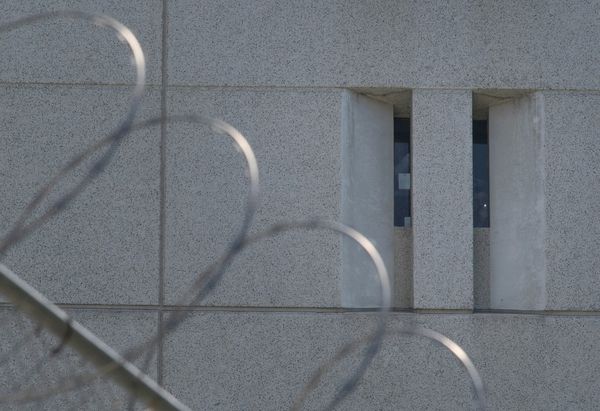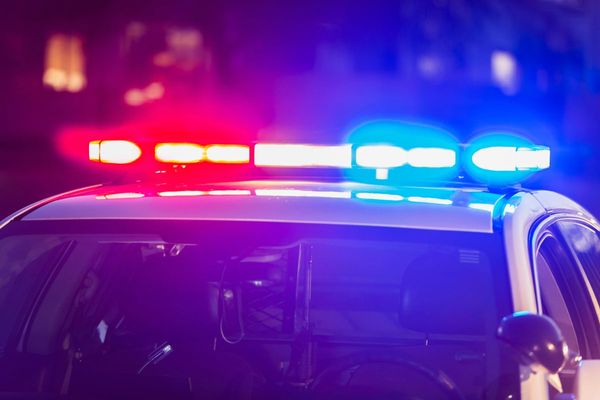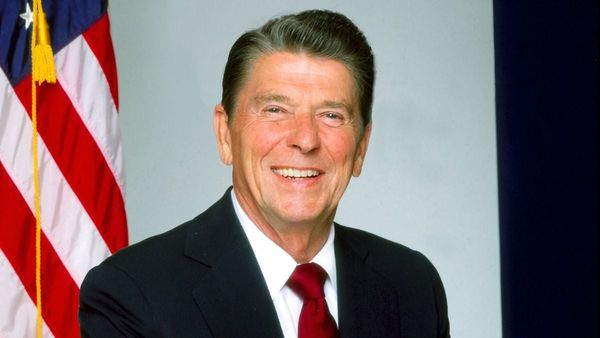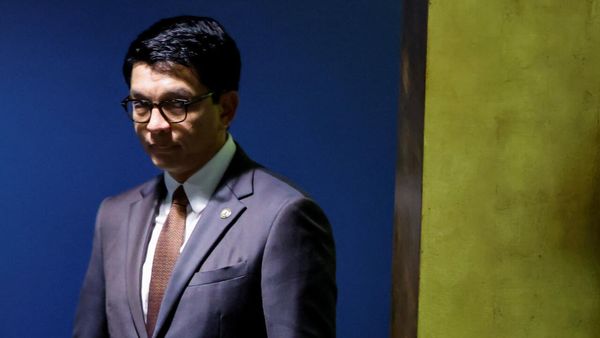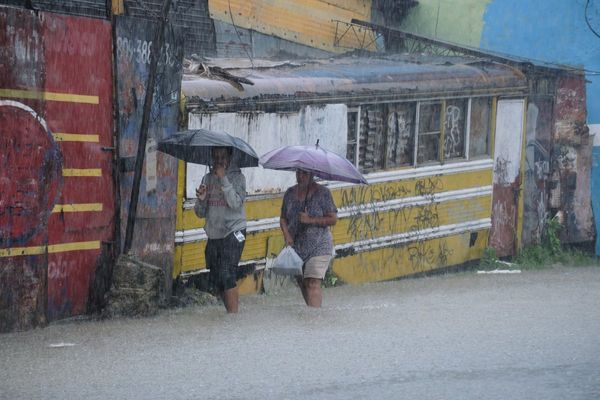
Two out of three “Aboriginal” souvenirs on the market are fake, with no connection to Aboriginal and Torres Strait islander people, according to a new report by the Productivity Commission.
The commission is calling for mandatory labelling of these inauthentic products to help warn consumers, and curb the significant cultural harm that “Indigenous‑style consumer products” do to artists and communities, in its latest report released on Tuesday.
“Inauthentic products can mislead consumers, deprive Aboriginal and Torres Strait Islander artists of income and disrespect cultures,” productivity commissioner, Romlie Mokak, a Yawuru man, said.
Almost 60% of spending on souvenirs – a market worth many tens of millions of dollars – was on fake “Indigenous-style consumer products” bought predominantly by international visitors, Mokak said.
Labelling products as inauthentic would be more cost-effective than trying to ban them, he said.
“Mandatory labelling would steer consumers toward authentic products and put the compliance burden on those producing fake products, not Aboriginal and Torres Strait Islander artists,” he said.
According to a separate part of the report, sales of Aboriginal and Torres Strait Islander art were worth $250m in 2019-2020, but artists themselves received only a small fraction.
While a few big-name artists can command high prices, the commission found the average income for an Indigenous artist who sold work through an Aboriginal art centre was just $2,700 a year. For independent artists, the average income was about $6,000.
Art centres are Aboriginal community-controlled enterprises, which provide economic, social and cultural benefits to communities and can often be their only source of independent income.
The commission found that in 2019 to 2020, just $30m to $47m in art sales was through Aboriginal art centres while at least $83m was spent on souvenirs bearing Aboriginal and Torres Strait Islander art and designs.
The commission recommended the introduction of new cultural and intellectual property laws to protect Aboriginal and Islander people from having their cultural knowledge exploited by others for commercial gain. Such laws would enable traditional owners to take legal action when their cultural and intellectual property were used without their permission.
It also said the Indigenous art code – which is a voluntary scheme which dealers and artists join, in order to attach a certificate of authenticity to the work they offer for sale – should receive “modest” extra funding. An external dispute resolution process should be developed, through which artists can seek redress if they have been unfairly treated in the market.
Art centres were in need of more funding, the commission found. Some are struggling to find staff for vital roles while their primary sources of income and funding have fallen in recent years.
It also said the government should establish a formal partnership with Indigenous artists and organisations to allow them to have greater involvement in setting funding priorities.

